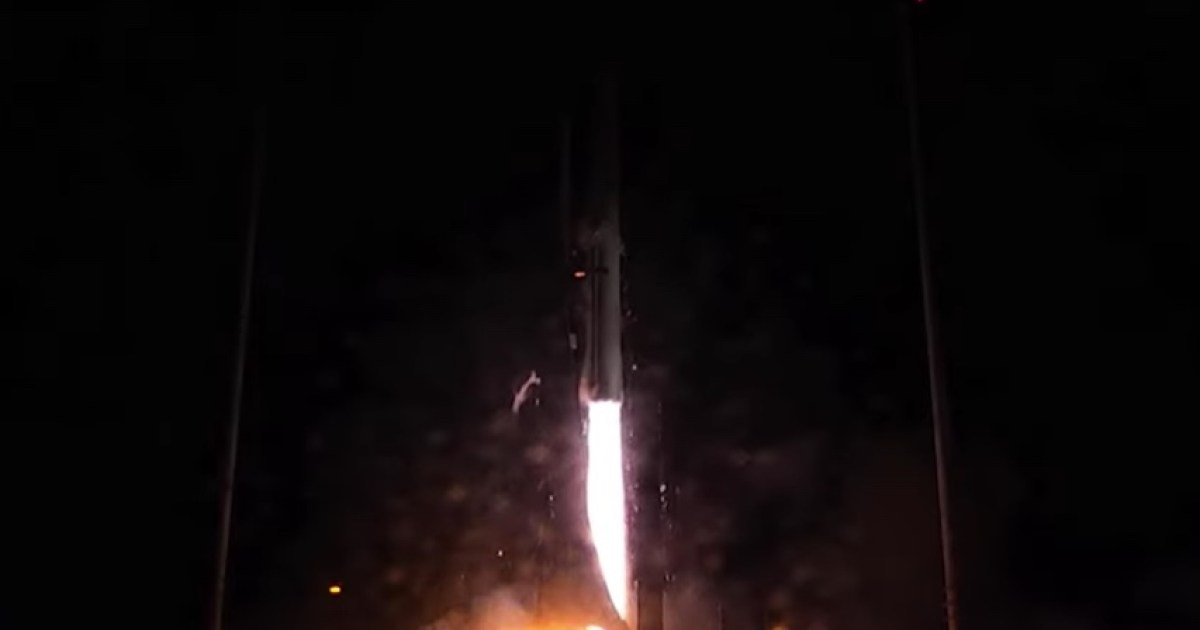
Relativity Space has successfully launched the Terran 1 in a groundbreaking maiden flight that proved the structural viability of a 3D-printed rocket.
However, after successfully handling max q — where a rocket experiences the most dynamic pressure — and achieving stage separation, an anomaly occurred that prevented the revolutionary rocket from reaching orbit.
The test mission, called GLHF (Good Luck, Have Fun), lifted off from Launch Complex 16 at Cape Canaveral, Florida, on Wednesday evening.
The first few minutes of the flight went exactly to plan as the 110-foot-tall rocket soared to space, lighting up the Florida sky.
But five minutes in, it became apparent that all was not well when a mission controller confirmed that an anomaly had occurred with the Terran 1’s second stage.
Despite the mishap, Relativity Space’s live-stream commentators expressed delight at the success of the early part of the mission.
“We did have an anomaly with stage 2 during flight, but maiden launches are always exciting, and today’s flight was no exception,” Relativity Space technical program manager Arwa Tizani Kelly said during the live stream. “Although we didn’t reach orbit, we significantly exceeded our key objective for this first launch, and that was to gather data at max q, one of the most demanding phases of flight, and achieve stage separation.”
Kelly added: “This flight data will be invaluable to our team as we look to further improve our rocket.”
Powered by nine Aeon engines on its first stage and one Aeon Vac on its second stage, the Terran 1 is 85% 3D-printed, though the goal is to increase that to 95%.
Advantages of 3D-printing rockets include increased reliability as fewer parts are needed, significantly faster production, and a simpler supply chain for greater efficiency.
Founded in 2015 and having so far received more than $1 billion in funding, LA-based Relativity Space believes its system has the potential to transform the spaceflight industry.
While it continues with work to refine the current Terran 1 rocket, the team is already working on the development of the Terran R, a reusable two-stage, heavy-lift rocket that will be entirely 3D-printed.
Check out the interview with one of Relativity Space’s co-founders conducted by Digital Trends a couple of years ago.
Editors’ Recommendations
Services Marketplace – Listings, Bookings & Reviews
